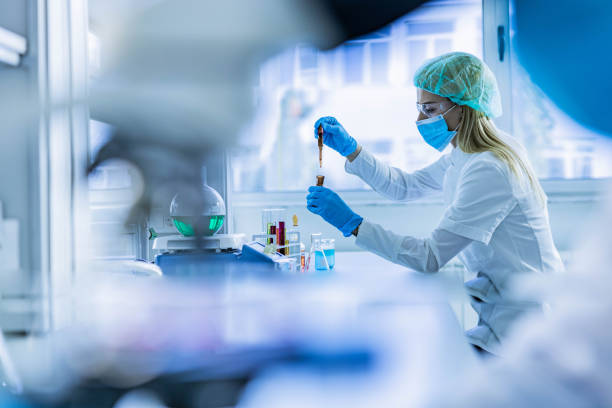Psychedelics, also known as psychedelic drugs, hallucinogens, or hallucinogenic drugs are chemical substances that induce hallucinations and other sensory disturbances. Probably the most well-known and notorious hallucinogenic drug is lysergic acid diethylamide or LSD.
Other well-known hallucinogens include psilocybin, which occurs naturally in certain wild mushrooms, commonly known as magic mushrooms, or shrooms, and mescaline, which is found in the peyote cactus in Mexico and the Southwest United States.
Ecstasy is less hallucinogenic and more stimulating—meaning it increases alertness more than LSD or magic mushrooms. It is sometimes classed as a stimulant and sometimes as an entactogen or empathogen, rather than a hallucinogen.1
Less well-known psychedelic drugs include Ololiuqui (found in the seeds of the morning glory flower)2; khat, dimethyltryptamine or DMT (found in certain plants from Central and South America)3; harmine (found in a South American vine)4 and 5-MeO-DMT and bufotenine (which naturally occurs in the venom of certain toads).5
Other obscure hallucinogenic drugs affect serotonin as well as other neurotransmitters. These include dimethoxy-4-methylamphetamine, or DOM or STP,6 which is a synthetic drug similar to mescaline. It is highly potent but carries a high risk of toxic reaction. Also 4- bromo-2,5-dimethoxypheethylamine or 2C-B, which is like ecstasy, and is sometimes classed as an entactogen rather than a hallucinogen.
Finally, a number of agents, including atropine and scopolamine, affect the acetylcholine system in the brain and have the potential to cause hallucinations. These substances are found in various plants such as belladonna or deadly nightshade, mandrake, henbane, and datura plants.
Much of the perceived effect of hallucinogenic drugs is dependent on the person’s expectations, known as set and setting.7
“Set” is a person’s previous experiences and mindset to the drug. “Setting” is their social and cultural expectations as well as their physical environment at the time of taking the drug. The same person would probably have very different experiences on a hallucinogenic drug if they took it at a party with friends than if they took it alone after the death of a parent.
Press Play for Advice On Treating Emotional Pain
Hosted by Editor-in-Chief and therapist Amy Morin, LCSW, this episode of The Verywell Mind Podcast, featuring psychologist Brian Pilecki, shares how psychedelics can be used to treat emotional pain. Click below to listen now.

How Long Hallucinogenic Effects Last
Hallucinogens work by stimulating, suppressing, or modulating the activity of the various neurotransmitters in the brain. The specific neurotransmitter systems they influence are related to their particular chemical structures.8
This causes a temporary chemical imbalance in the brain, which causes hallucinations and other effects such as euphoria.
How Psychedelic Drugs Work
Hallucinogens tend to be quite slow in onset, but this varies from drug to drug, and also depends on factors such as whether the drug is taken on an empty stomach.
LSD has a slow onset of about an hour but can last anywhere from four to 12 hours before it wears off. In contrast, DMT takes effect much more quickly but only lasts up to a few hours.
Although hallucinogenic drugs pass through the body relatively quickly, the psychological effects can be long-lasting.
As well as potentially inducing mental health problems—such as substance-induced psychosis, substance-induced depression, and substance-induced anxiety disorder—hallucinogens carry the risk of flashbacks or Hallucinogen Persisting Perception Disorder.9
While hallucinogens are risky for anyone, people with a personal or family history of psychosis, depression or anxiety disorder are at higher risk of developing these long-term effects and should avoid taking hallucinogens.



Leave a comment